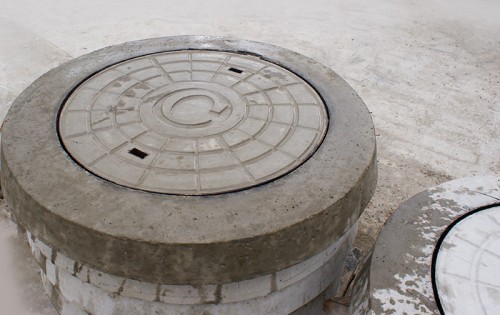
Polymer hatch for well. Use and mounting Useful advice
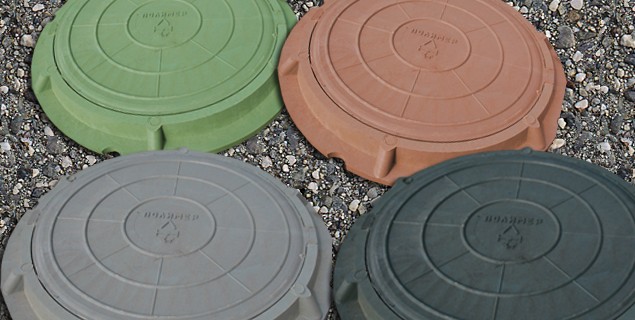
When building any building, in the process of summing up engineering communications, special wells are most often drawn up. Such structures allow you to quickly and easily maintain systems as needed, and also ensure the safety of their operation and reduce the risk of emergency situations. When designing such systems, polymeric hatches for viewing wells are most often used, which are relatively new developing, but immediately become popular due to a number of advantages.
Content
What is polymer hatches?
Until recently, it was used mainly from cast iron. Polymeric hatches for wells are elements made of several components (composite composite) using hot pressing technology. Depending on the proportions used in the production of ingredients, several modifications of such materials are also distinguished. For example, one of the most popular - polymer sandy hatches for wells. 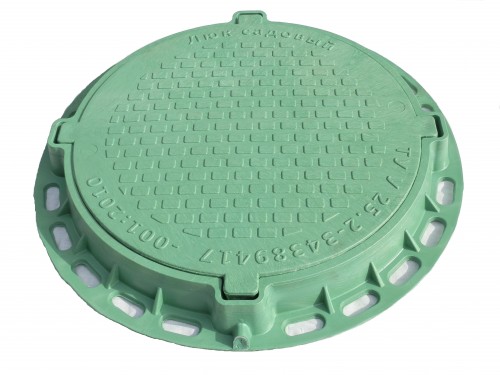
In addition, the classification is carried out on the intended load intensity on the product. According to this principle, the following groups of goods distinguish:
- lungs;
- heavy.
Important! An additional criterion is a hatch form. In addition to the classic round, many manufacturers produce curly products of rectangular or square geometry of different sizes, which allows you to select the most accurate option for a specific system. Polymer hatch prices vary depending on the combination of characteristics for all the above classification criteria.
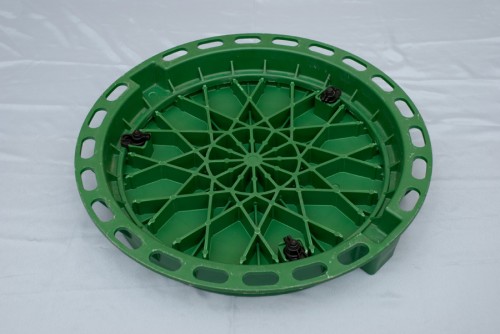
Why do you need hatches?
Before buying a polymer hatch, check out the main tasks that can be solved with them. It:
- network status control;
- access for repair work;
- protection of laid lines from the effects of atmospheric precipitation;
- protection against entering the system of foreign objects, which can cause mechanical damage;
- protection of people, animals, as well as cars from falling into the well.
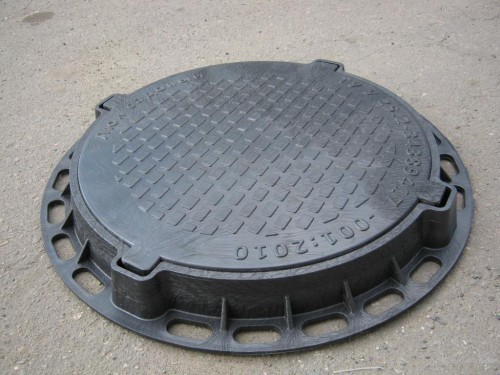
Where are the polymer hatches?
Installation of polymeric hatches is carried out in:
- covers from reinforced concrete in the precast structures of the wells;
- covers on the wells of underground water, heat and gas supply systems, including polymer sewer hatches;
- pedestrian zones - sidewalks and roads where the output points are placed.
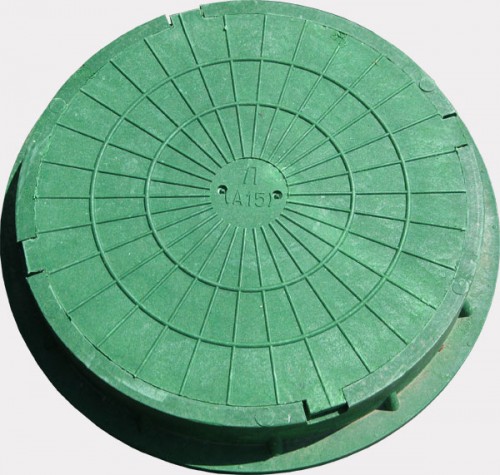
Polymeric hatches have a special labeling, which determines the recommended direction of use, so the choice of suitable to do enough simply. When buying, pay attention to the following abbreviations on the facial surface of the product:
- G and GG - are intended for underground and ground protection of the fire hydrant;
- B - used in plumbing highways;
- D - these are rain sewer hatches (Livnevy);
- K - used to protect wells of sewage structures of industrial and domestic directions;
- TC is hatches for arranging the line of the heating network;
- GS and mg - installed in the networks of the mains of the gas pipeline;
- MTS, T and GTS - are designed specifically to protect telephone communications placed under the ground.
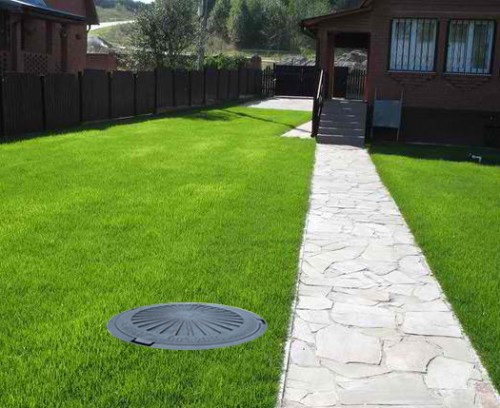
Advantages and disadvantages
Polymer hatches for wells are characterized by sufficiently significant advantages compared to previous analogues from other materials - steel, cast iron, wood. These include:
- duration of operation - more than 50 years;
- corrosion resistance and destruction when exposed to any aggressive environment;
- low weight - from 10 to 35 kg, which facilitates not only the installation process, but also transportation;
- resistance to UV radiation;
- wide decorative capabilities - color variation;
- heat resistance;
- wide spectrum of operating temperatures - -10 - + 50c;
- environmental safety due to the absence of toxic substances;
- the possibility of interchanges - the installation of polymer hatches is permissible to the wells, the ring of which is carried out under the installation of cast iron products;
- a high level of protection is a special lock, which excludes theft of the hatch.
Important! Polymer hatches are also beneficially distinguished by the lack of practical flaws.
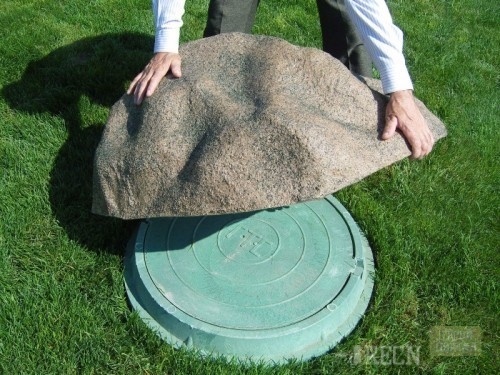
Installation of polymer hatches
The installation procedure of such hatches does not differ in difficulty. Working is performed sequentially in several stages that do not take a lot of time and do not require large labor costs when knowledge of the case:
- Installation of the ring on overlapping from reinforced concrete.
- Pouring rings with a suitable brand concrete.
- Installation of the hatch cover in the ring after the concrete fully solids in such a way that it is horizontally in relation to the surface of the Earth with the corresponding elevation indicator - for lawns it is 5 cm.
- Creating a challenge around a polymer hatch with a bias to effectively remove excess moisture width in 1-1.5 meters.
Important! When installing plastic polymer hatches, the task is further simplified, since they provide special grooves.
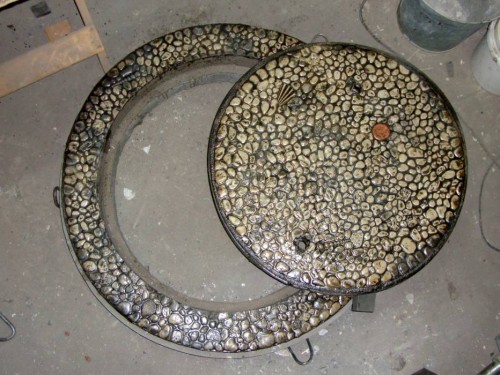
Installation of sewer hatches - Video
View the proposed video below, in which the entire process of setting the hatches in the well is clearly shown in order to more clearly imagine the whole process.
Conclusion
Based on the above information, you can make sure that modern polymer hatches for the wells are not for nothing that has been highly popular and among professionals, and owners of private houses. Their use helps not only ensure reliable protection of communication lines, but also to organically enter such structures in any landscape. If it is necessary to equip the well on the green zone plot, it can even be very profitable to decorate under the stone or other options than further increase the attractiveness of the territory.




